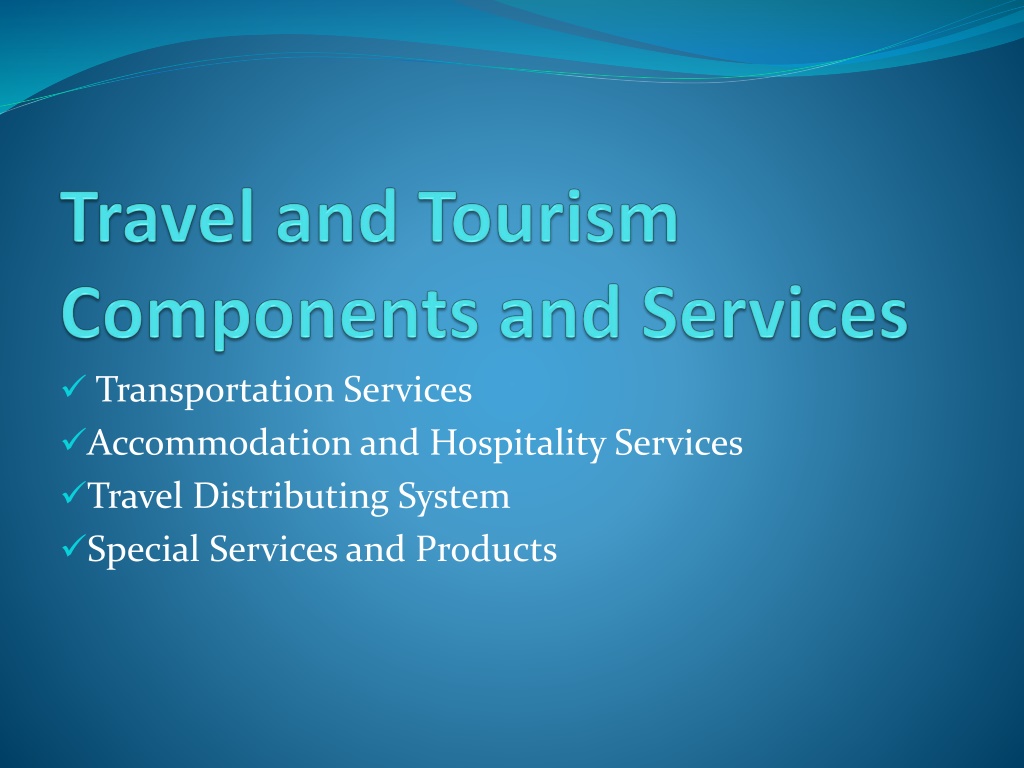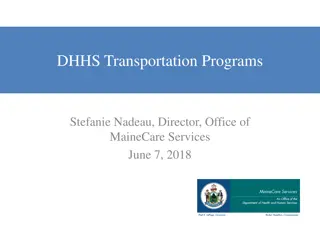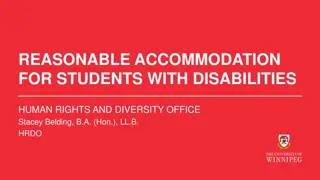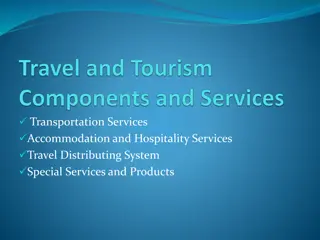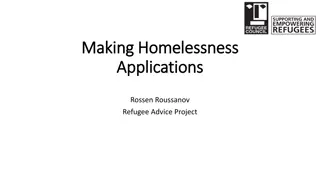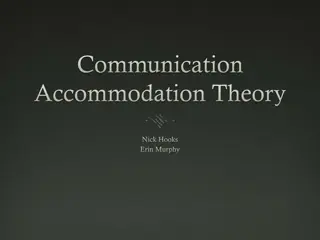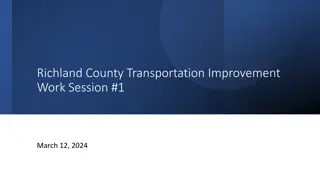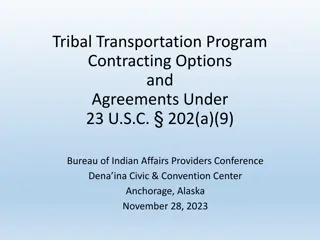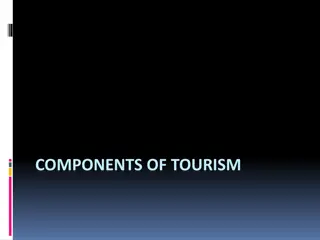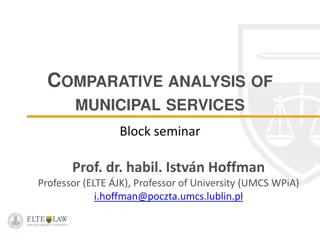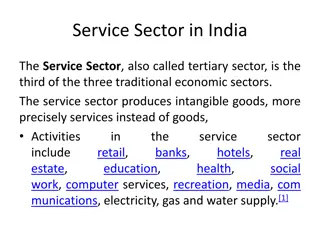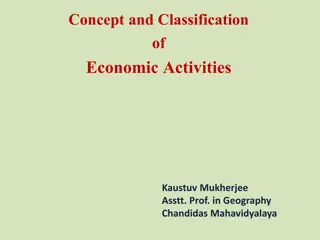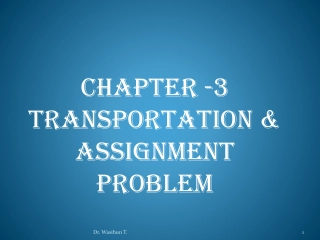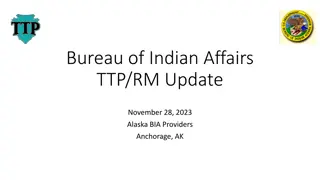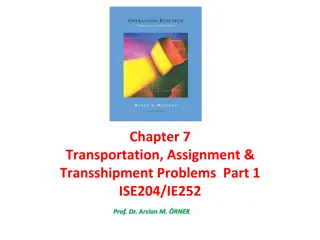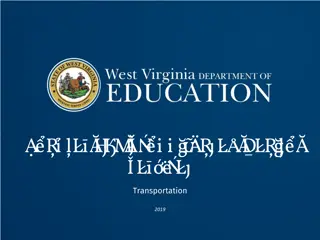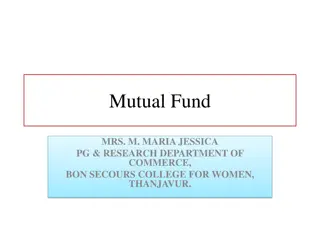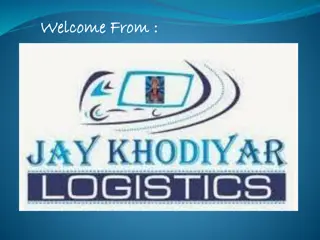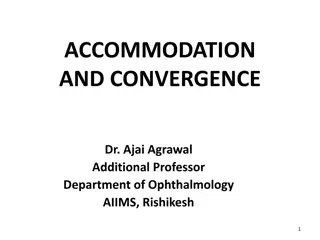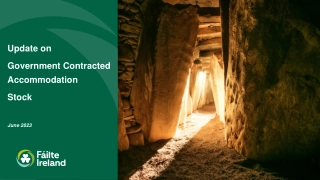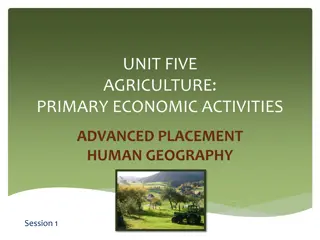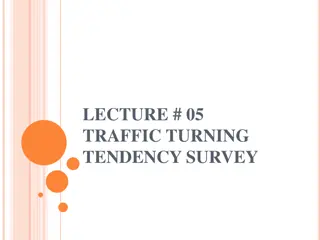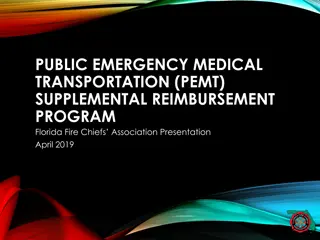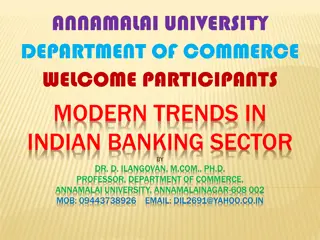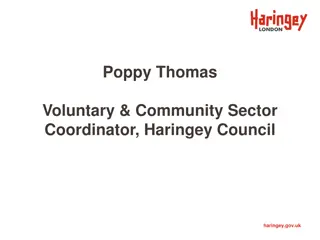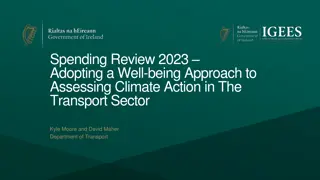Evolution of Transportation Services and Accommodation Sector
Exploring the historical development of passenger travel, from early modes of transportation like horse-drawn carriages to the modern era of air travel and computerized reservation systems. The evolution of transportation technology has significantly impacted the accommodation sector, shaping the way people travel and experience hospitality services.
Download Presentation

Please find below an Image/Link to download the presentation.
The content on the website is provided AS IS for your information and personal use only. It may not be sold, licensed, or shared on other websites without obtaining consent from the author. Download presentation by click this link. If you encounter any issues during the download, it is possible that the publisher has removed the file from their server.
E N D
Presentation Transcript
Transportation Services Accommodation and Hospitality Services Travel Distributing System Special Services and Products
Introduction: We will be looking into two things regarding the transportation services Basic aspects of the passenger travel Relationship between transportation and technology. Evolution of Passenger travel Horse drawn carriage The accommodation sector has been greatly influences by these changes in the Jet Plane Technology
History Development of Passenger Travel Early Modes of Transportation 16th -19 Cent. By Land Horse back Due to improvement of roads Coaches Designed to make passengers to comfortable during land travel By Sea, Ship designed had been improved for seafaring Sailing Ships Steam ships
Development of Railroads and Ocean Liners -First transportation mode to be used for passenger travel Rail & Ocean Liners Developed in 1800 s Grew through 19th cent. 1835, Great Western Railway linked London and Bristol 1841, Thomas Cook pioneered first rail tour First trans continental railroad was completed in US in 1869 19th cent. Rail dominated land passenger movement Improved inland access from major cities Improvement in steamships technology in the late 1800 s -1900 s led the age of the great ocean liners such as ( Queen Mary & Queen Elizabeth)
Automobiles & Airlines In early 1900 s, mass production of the automobile was pioneered by Ford Motors. Ford Motor Company is an American automaker and the world's fifth largest automaker based on worldwide vehicle sales. Based in Dearborn, Michigan, a suburb of Detroit, the automaker was founded by Henry Ford, and incorporated on June 16, 1903 "Any customer can have a car painted any color that he wants so long as it is black." Flexible, affordable, convenience, Other ground transportation: Buses Recreational vehicles (RV) Cruise Ship Feries
Air Travel Development of airplane diminished the rise of ocean liners. Air Travel: Schedule Service- provides regular service to the general public. Charter Service- privately contracted to provide service to defined groups. Regulations: Safety & Security Cost Airport Operation Airport capacity Computerized Reservation System
Accommodations and Hospitality Services Accommodation Classification The lodging industry can be classified into different types 1. According to Concepts Hotels Motels All-suites Limited-Service hotels 2. According to Market Orientation Residential Commercial 3. Price 4. Service 5. size
6. Length of Operation 7. Affiliation 8. Special Activities offered Food & Beverage Classification Can be subdivided into many segments However, large part of it is not related to the travel industry. Ex. Cafeterias in schools, hospitals, colleges, military food service Segments which interrelated to the travel industry are commercial establishments which are primarily or partially tourism dependent based on their location, clientele, seasonal traffic. Hotel related food establishments: Restaurants, dining rooms, coffee shops, room service, catering and banquets. Independent Food Service Establishments Independent, individually owned & operated, part of a corporate chain or franchise.
Hotel Guests Divided into two general market segments Business or government travelers Pleasure or leisure travelers Franchise: The contract between the franchisee and franchiser to use the owners trademarks, trade name or copy rights licenses.
